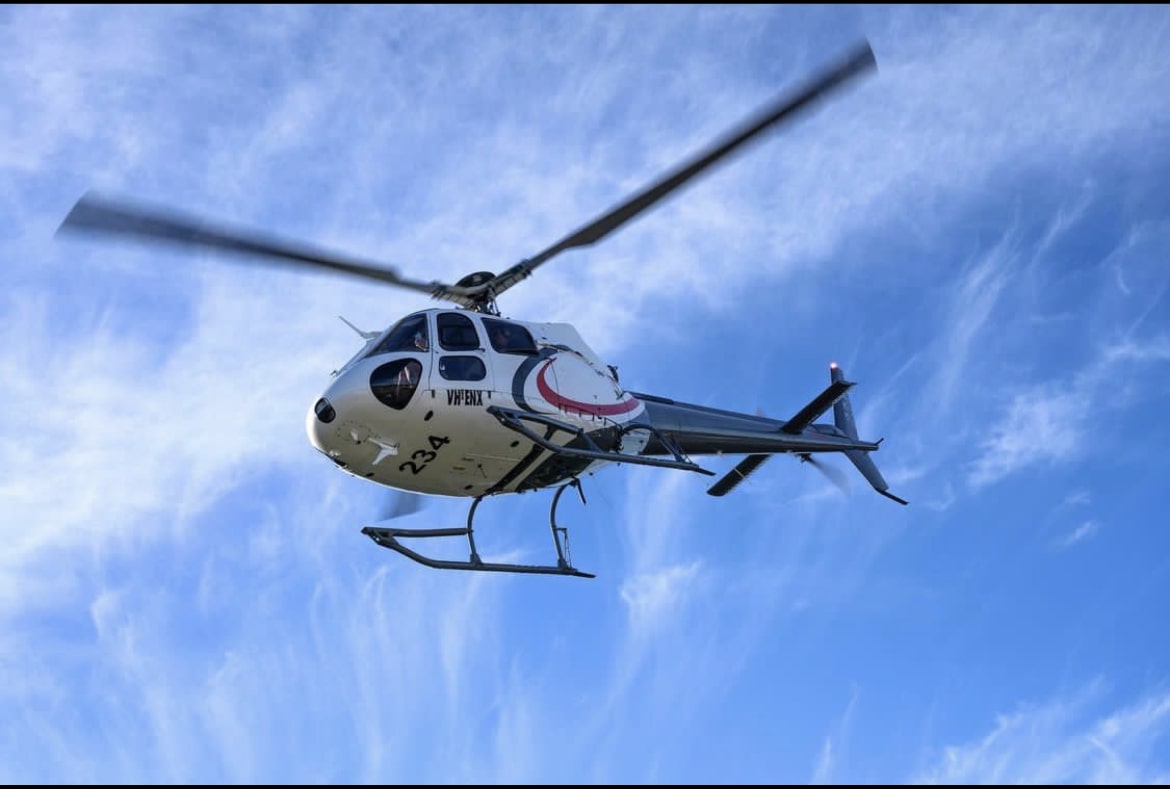
Emergency rescuers have urged people to familiarize themselves with effective ways to signal a helicopter before exploring the backcountry. Last week a hiker got lost in Colorado and did not know how to properly signal to the emergency helicopters that he needed help. The man had been part of a hunting party and had been reported missing by his brother on the morning of September 7 after he had failed to return the previous night.
The search helicopter spotted him in the morning but thought he was a different hiker as he waved with one hand, which the helicopter understood to mean he was fine. Summit County Rescue Group explained: “[…] he waved at the pilots in a very slight gesture that they interpreted to mean he was simply saying hello and not in distress. An effective way to signal a helicopter is with big gestures such as waving both arms vigorously over one’s head, or waving a bright-colored piece of clothing.”
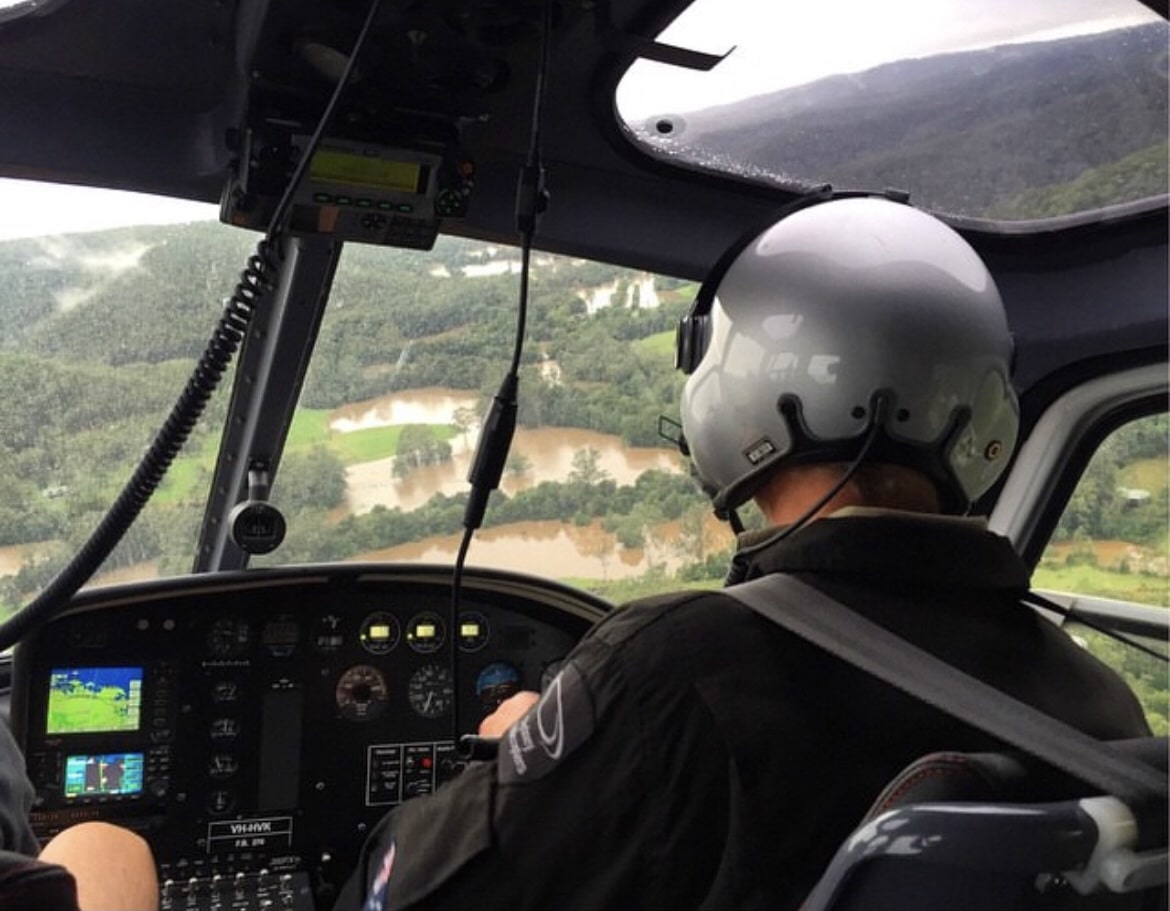
Mark Harrold of Alpine Helicopters confirmed: “Waving with one arm is not good, as it’s a gesture of ‘Hello’ rather than ‘I’m in need of help.’ Signal with two arms waving above your head in a criss-cross pattern! If you can mark the ground with SOS if you are in an open area, that will help. Sticks, rocks, or scratching it into the dirt work.” Mark Harrold regularly conducts emergency flights in rural areas. His company provides support in bushfire season and flooding.
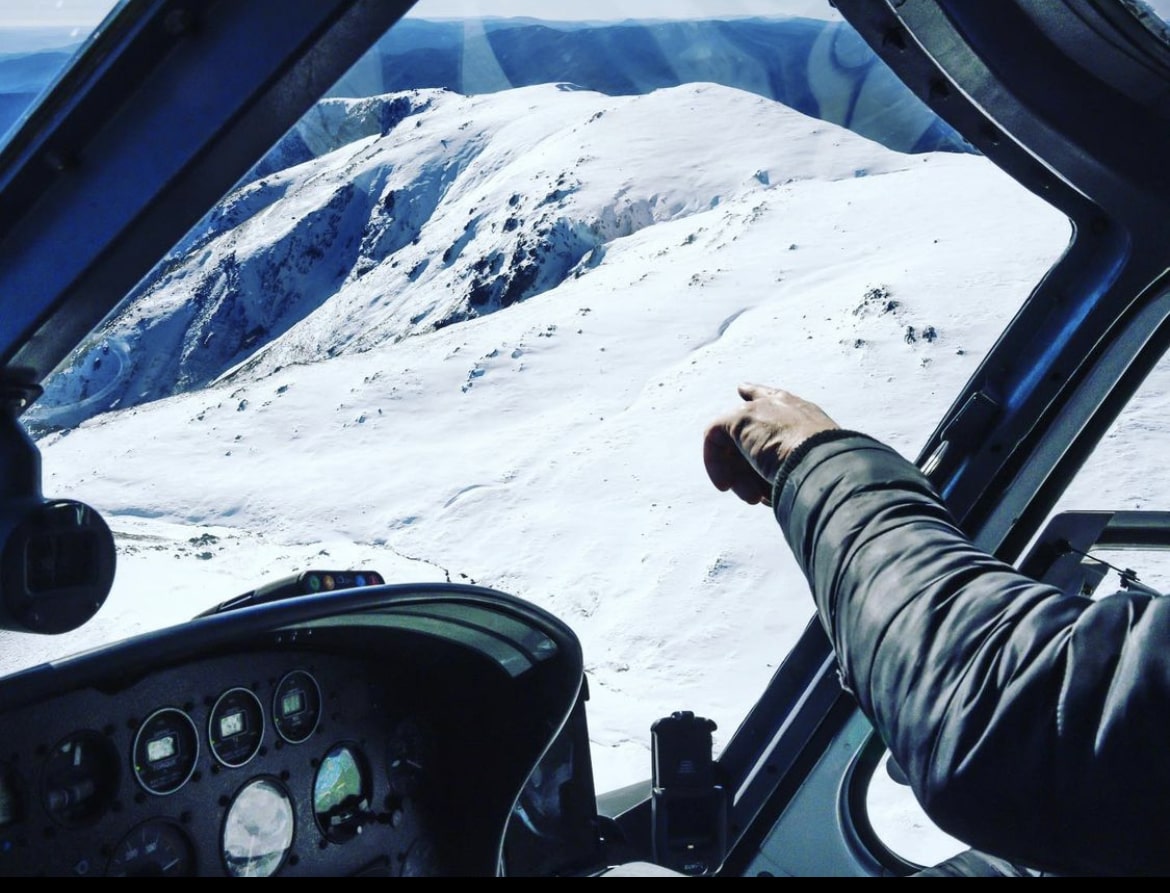
There is a standardized list of ‘ground-air-visual-signal codes’ for search and rescue set out by the International Civil Aviation Organization ‘ICAO’ in their manual ‘International Standards And Recommended Practices For Search and Rescue.’ Before attempting to signal, try to find a clearing where you are more visible. If available, signal for help using bright colored materials to attract attention. The most important signal codes are as follows:
- V – a “V” formed with sticks or stones on the ground or formed with your arms means “require assistance”
- X – an “X” formed or scratched on the ground or formed with your arms means “need medical aid”
- N – an “N” formed with sticks or stones on the ground or formed with your arms means “No” or “negative”
- Y – a “Y” formed with sticks or stones on the ground or formed with your arms means “Yes” or “affirmative”
- Arrows -> on the ground can be used to indicate direction
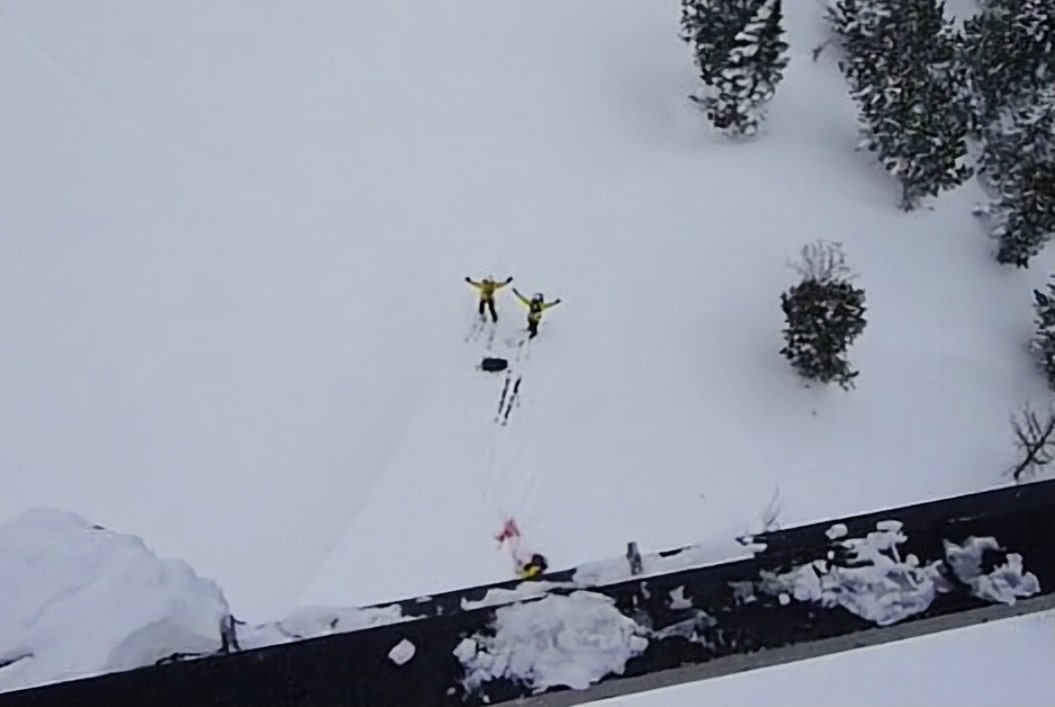
Teton County Search and Rescue released a video to demonstrate how to properly signal a search helicopter with your arms. Teton County Search and Rescue also stress to never just wave at a helicopter for no reason as it can be confusing for pilots searching for someone. If you require help, do use both arms and do so vigorously and not a one-handed wave.
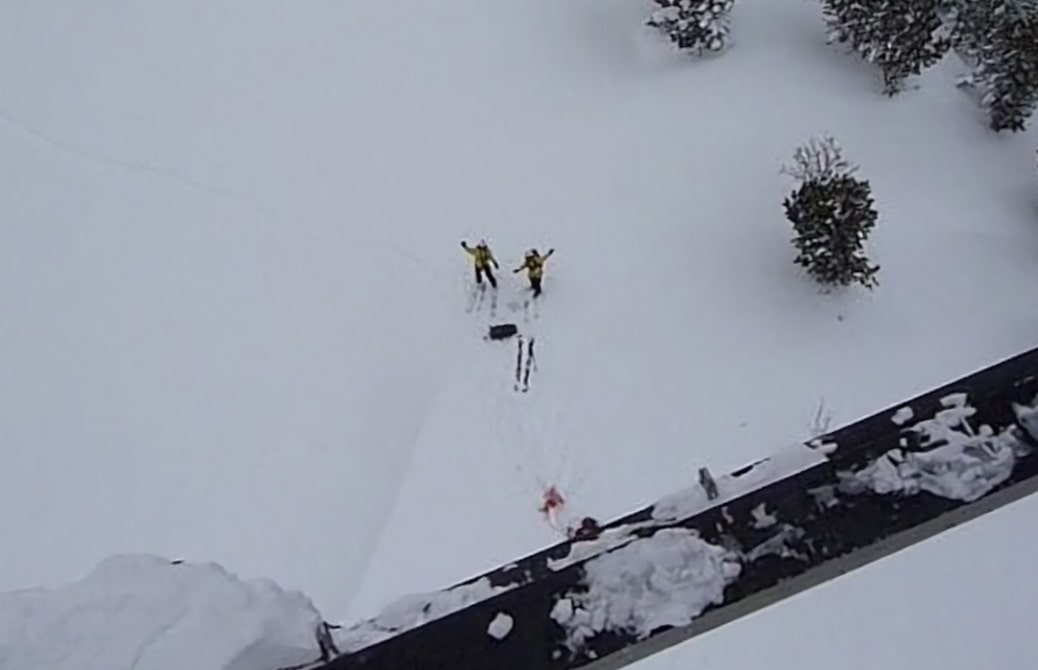
Likewise, the helicopter can communicate back with you. Circling above means “No” or that they have not understood your signal. If the helicopter swivels from side to side while staying in the same position, this indicates “Yes” or that they have received your signal. The latter can also be signaled by switching position lights on and off, typically at night. So before stopping signaling, make sure you have confirmation that your signal was understood and not misinterpreted as a wave ‘Hello’.
Another important tip for a helicopter rescue on snow is to seek cover or lie flat on the ground covering your face when the helicopter lands and takes off. The rotor blades will spin at 225-400 RPMs and cause snow in the vicinity to get catapulted at high velocity. It is extremely painful if you get hit in the face or any other exposed skin.
While we hope that none of our SnowBrains readers find themselves in a situation where they require air rescue, it is always best to be prepared and know the proper way to communicate with a search and rescue helicopter.
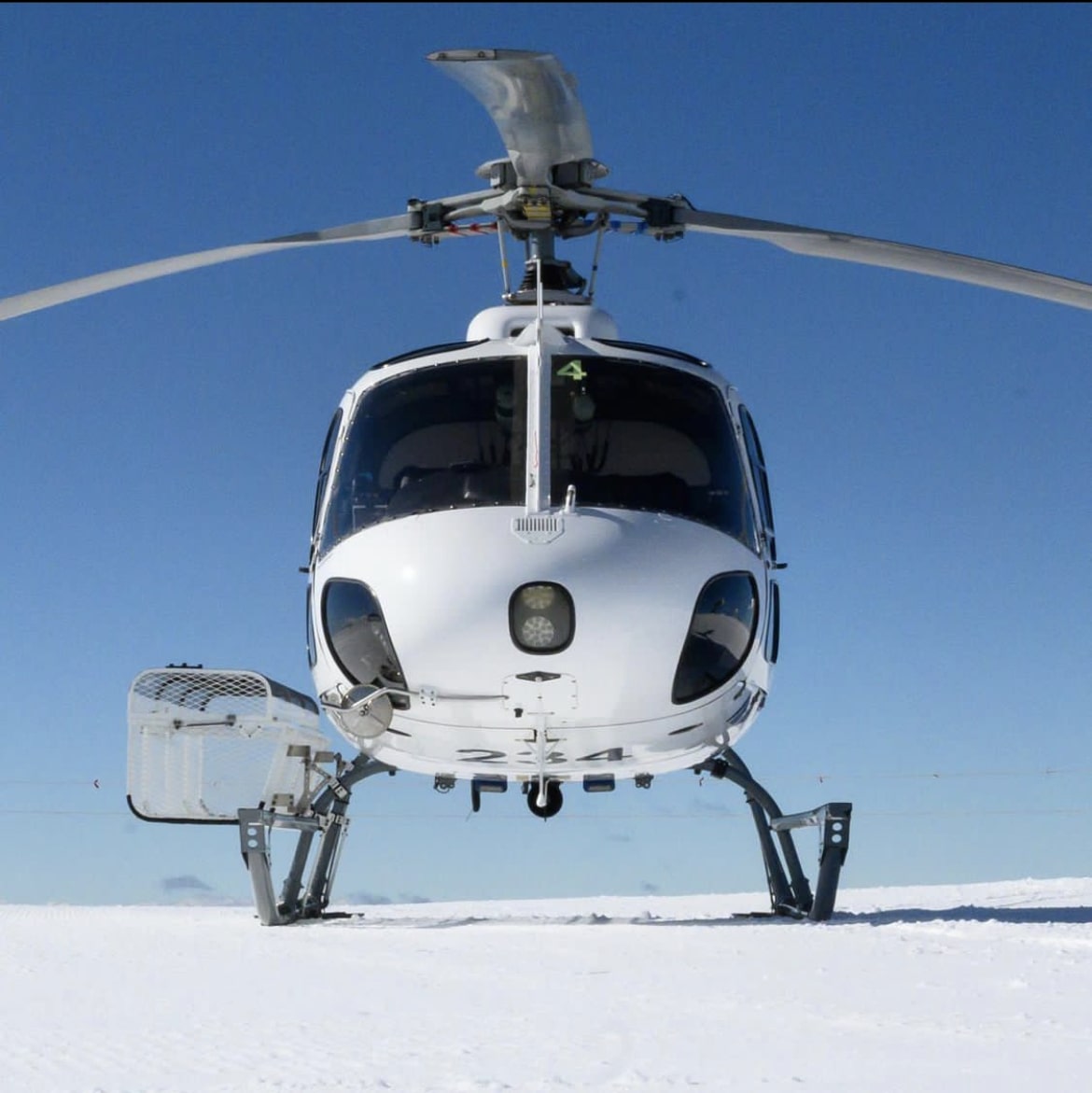
That’s why I carry a green laser pointer. It was a range of 10 miles so I can point it at planes, helicopters, cars & even houses. If I ever go down hard, my laser pointer is always stuff in my secret pocket on my gloves. get one, it will save your life
Thanks for sharing that PSA!